
Member III

Member III

Member III

Member I
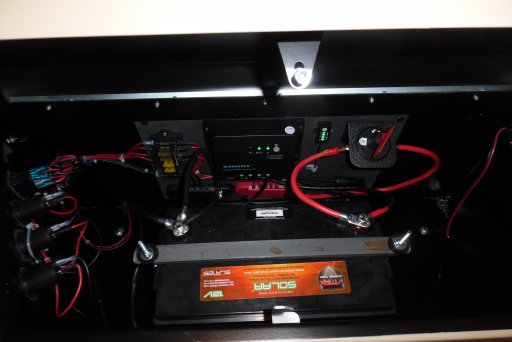
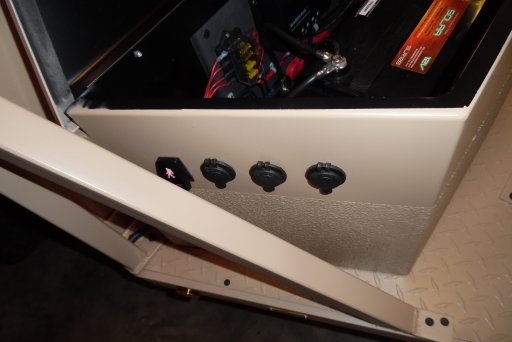
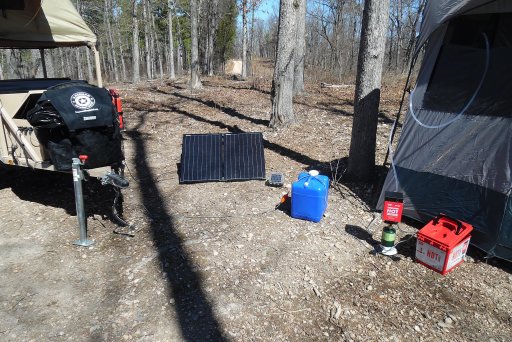

Member III

Creator III

Advocate III
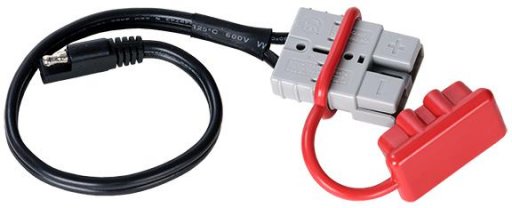
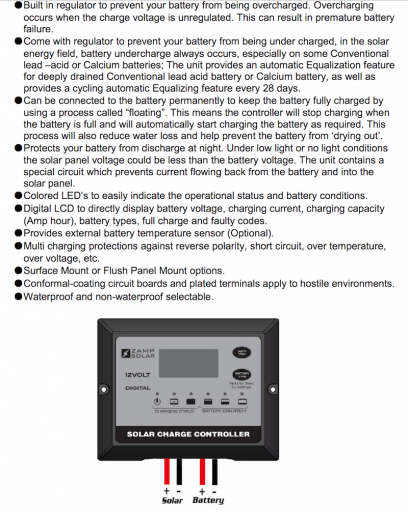
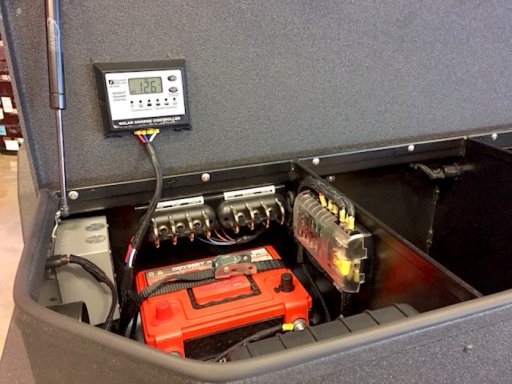
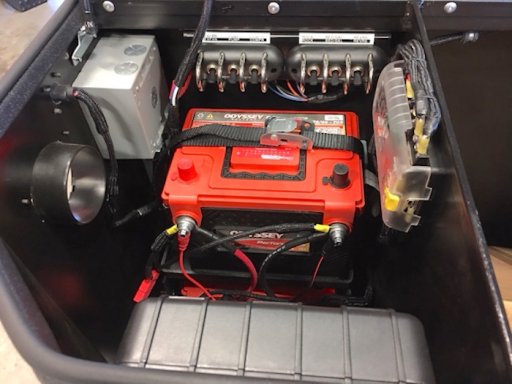
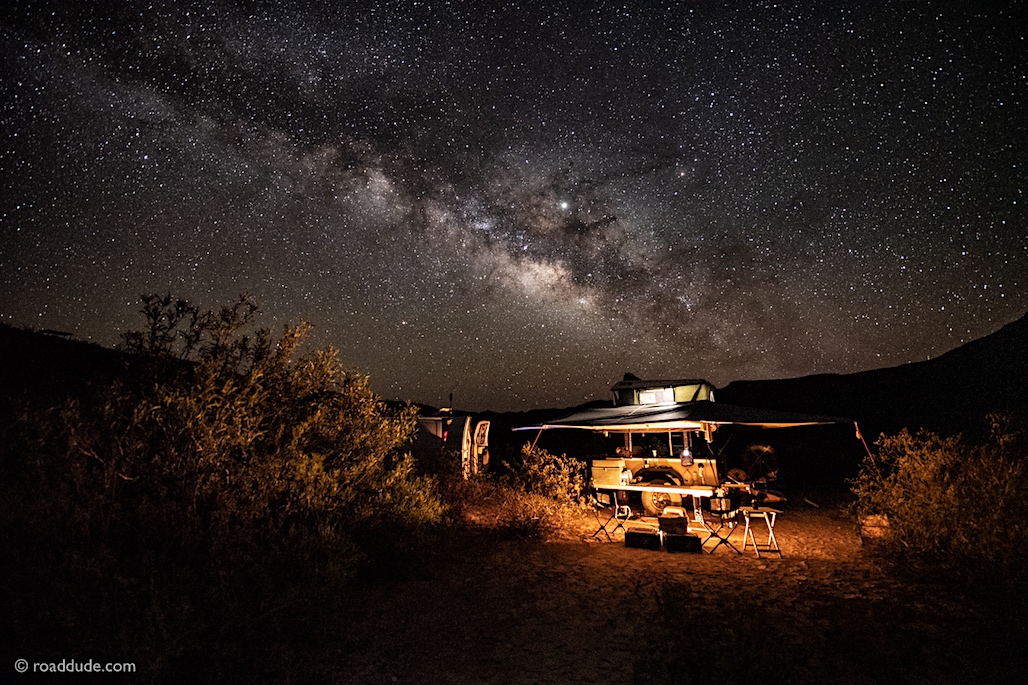
 roaddude.com
roaddude.com

Creator III

Advocate III
You're welcome, @nickburt - and awesome, looking forward to seeing more about what you're up to! Wish you were closer to hand. I've appreciated, and learned from, other posts you've made here on OB forums about batteries and such. Good example, really, of the good this site and forum can do for us all.All good stuff @Road thank you. I'm about to do two solar builds. One for an ex Army 24v Daf 4x4 overland truck and the other in my own Defender 130.
I've got loads of ideas for panels, MPPT controller, dc-dc charger, inverter, batteries and solar and battery monitors, bypasses and isolators - just need to sit down and make a few decisions
I've sketched up some wiring diagrams, just need to have a tidy up and make a bit more presentable (looking for some free elec cad software!!) and I'll start posting some design ideas.

Creator III

Advocate III
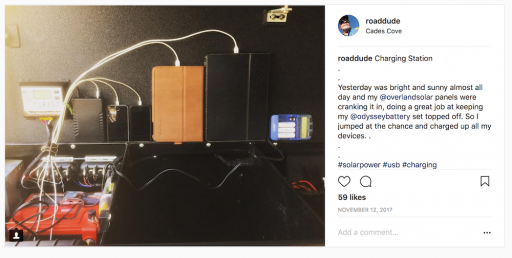
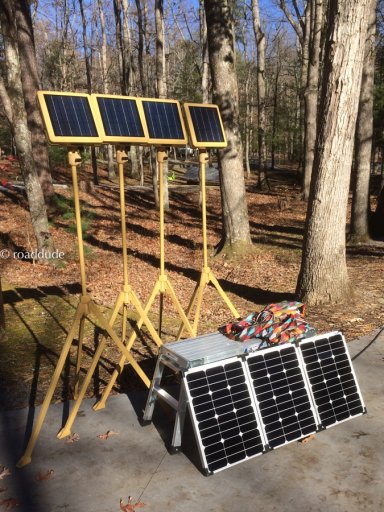

Member III

Creator III

Traveler III
@Road Do you connect your NOCO Genius *and* your solar charge controller to the battery at the same time? I'm looking at doing something like this, where the charge controller and Genius 1 are in the trailer's front box, and the battery and any distribution are at the rear.- On the near wall, barely visible, is the NOCO Genius 2, which charges and maintains the batteries when hooked up to 110 shore power.
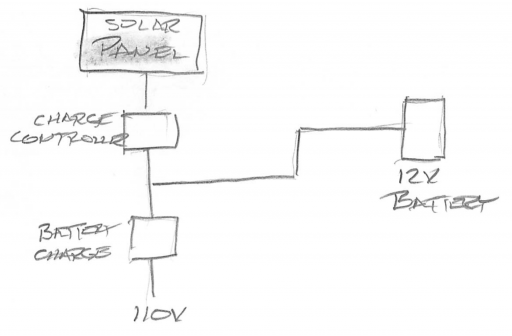

Advocate III
Steve - I have the NOCO GENM2 Genius 8A and a Zamp 15A Solar Charge Controller, wired separately to the batteries. I don't think you want the NOCO wired directly to the Solar Charge Controller before going to the battery. . . that could potentially feed 110 to it. There's no need to, and probably bad to, actually.@Road Do you connect your NOCO Genius *and* your solar charge controller to the battery at the same time? I'm looking at doing something like this, where the charge controller and Genius 1 are in the trailer's front box, and the battery and any distribution are at the rear.
View attachment 54021
Please excuse the horrible hand lettering. Believe it or not, I was paid to print on drawings for many years, and now I sometimes cannot read my own writing...
Functionally, this is the same as connecting both directly to the battery. But I wondered if you have problems when using the Genius on a sunny day, whether the two chargers confuse each other.
If so, I could add an A-B switch at the junction, but that would leave the output of the solar charge controller unconnected to anything, and I don't think you are supposed to do that. Main components are:
Renogy 100W panel
Renogy 30A Traveller PWM Charge Controller
NOCO Genius 1 10A shore power charger
Odyssey Group 31M-800 AGM battery.
Thanks for any input by any of our electrically inclined members.

Traveler III
I don't think this would be the case. The output of the NOCO is 12V DC, only the input is 110V AC.I don't think you want the NOCO wired directly to the Solar Charge Controller before going to the battery. . . that could potentially feed 110 to it.

Advocate III
Oh, of course it would be 12v coming out of the NOCO.I don't think this would be the case. The output of the NOCO is 12V DC, only the input is 110V AC.
I *think* having the output of the charge controller and the output of the Genius 1 connected at the far end of an 8 foot wire is the same as if they were both connected directly to the battery terminals. Unless the battery does some buffering between them in the latter case.
I'll read through the linked article in the morning. It has been 48 years since I last took an electronics class, so I may be a bit rusty.
Thanks!

Traveler III
Quite the contrary! You have been very helpful, and the linked articles were chock full of great information. I'd found Handy Bob's site last year, but apparently didn't bookmark it, and completely forgot about it. There is a lot of good information on that site!Sorry I couldn't be of more help.
